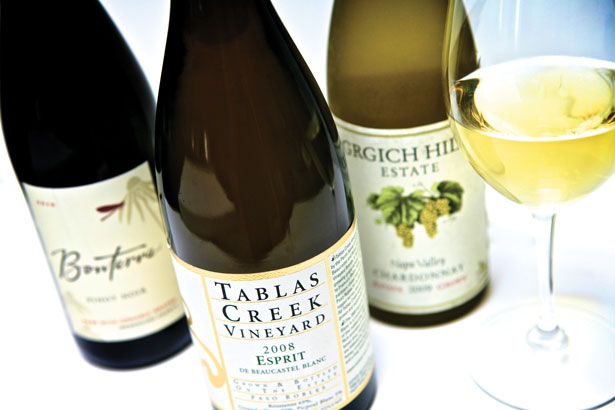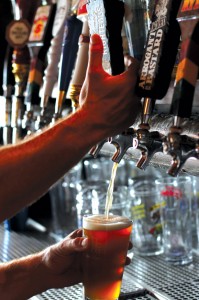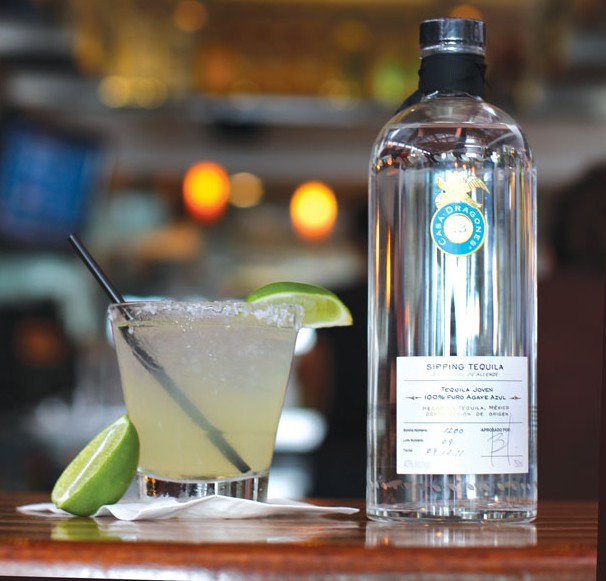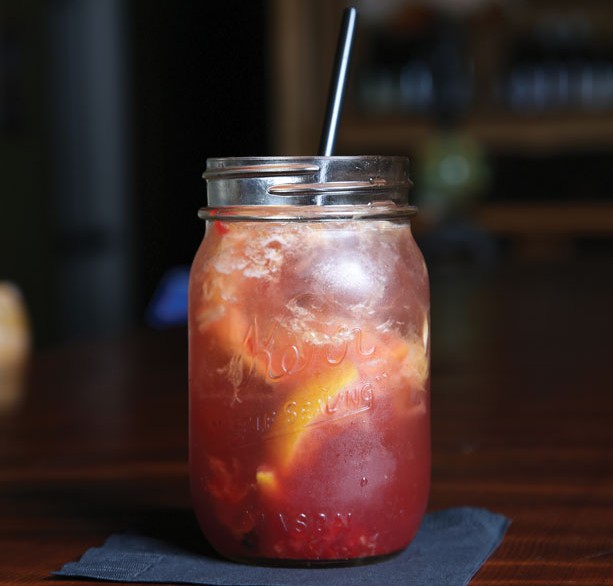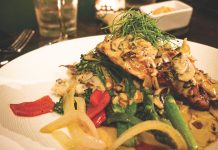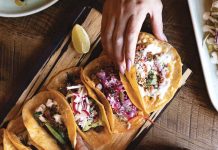Laguna Beach Drink Experts
Local wine and cocktail experts reveal trends to imbibe.- By Somer Flaherty
You know you are in for a great evening when you’re cocktailing away within the cozy confines of your barstool, and the mixologist reaches for ingredients that seem more apropros for the farmers market than in your drink, or when the sommelier introduces you to a new grape blend, that is both rustic and ripe—and as a plus is often more affordable than the traditional cabernet sauvignon.
We have brand allegiances for everything from our laundry detergents to our soda choices (Coke versus Pepsi?), and the way we drink is no different. Which is why sometimes it takes a master mixologist or sommelier to open our eyes to new trends, new spirits and new flavor possibilities. Here, those at the pinnacle of our local bartending and fine dining scene fill us in on what’s new. These experts all share a common thread: a precise, unrelenting attention to quality and detail, and an eye for the next best drink.
Although still the exception, wines with an eco-lingo, such as those made with biodynamic methods or produced from organic vineyards are becoming more prevalent, says Michael Blash, head bartender at Three Seventy Common Kitchen + Drink. Although the views behind farming biodynamically or organically aren’t anything new, the sheer amount of wineries with certified or stated practices is growing.
A biodynamic wine is produced with the view that the vineyard is a single organism with everything from the soil to the air and even the celestial influences all connected. In theory, biodynamic wineries like Napa’s Grgich Hills and Benzinger and Burgundy’s Bernard Moreau—on wine lists at Studio restaurant, The Deck, French 75 and Sapphire—make their property self-sustaining by balancing these elements. When the elements are balanced, the belief is that there is no need for the use of any pesticides or even artificial nutrients.
Organic vineyards like Mendocino’s Bonterra, whose wines are available at Sundried Tomato Cafe and Napa’s Domaine Carneros, whose wines are available at Studio restaurant, are also taking an active role in healthy and sustainable farming practices. “Seems like people know what to look for and really appreciate the organic wines. These are the wines that let the grapes do the talking,” Michael adds. Leading the way for organic vineyards has been Domaine Carneros, the first sparkling winery in the state to have all estate vineyards certified organic, a commitment to farming without synthetic fertilizers or conventional pesticides. This farming practice means the purveyors, owners and in this case winemakers are taking “an active role to preserve the health of the land,” says Eileen Crane, Domaine Carneros founding winemaker and president.
Organic beers are even sprouting up at restaurants like Laguna’s House of Big Fish & Ice Cold Beer, which features more than 70 types of beer, including both the United Kingdom’s Samuel Smith organic lager and Samuel Smith organic raspberry ale.
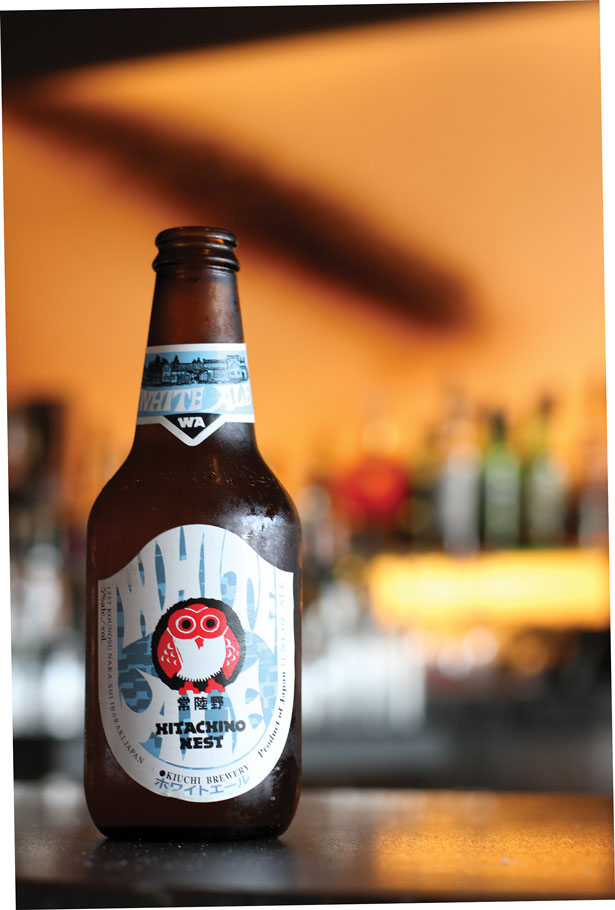 Back in the wine world, Erin Snider, the food and beverage manager at The Ritz-Carlton, Laguna Niguel, says another vino trend is that people are becoming more adventurous with trying new wines or different varietals that they may not have heard of before. In addition to the returning trend of a fascination with Argentine wines like malbec, blends of grenache, syrah and mourvedre—known as a GSM blend and similar in style to those found in France’s Rhone Valley, but from California’s central coast—are also making a splash. These Rhone-style blends are showing up on wine lists from Broadway by Amar Santana, which features a GSM Jorian Hill BEEspoke Blend, to Studio restaurant at Montage Laguna Beach, which features Edward Sellers Vertigo.
Back in the wine world, Erin Snider, the food and beverage manager at The Ritz-Carlton, Laguna Niguel, says another vino trend is that people are becoming more adventurous with trying new wines or different varietals that they may not have heard of before. In addition to the returning trend of a fascination with Argentine wines like malbec, blends of grenache, syrah and mourvedre—known as a GSM blend and similar in style to those found in France’s Rhone Valley, but from California’s central coast—are also making a splash. These Rhone-style blends are showing up on wine lists from Broadway by Amar Santana, which features a GSM Jorian Hill BEEspoke Blend, to Studio restaurant at Montage Laguna Beach, which features Edward Sellers Vertigo.
The Paso Robles area, where in just two short decades the number of wineries has increased almost tenfold, is perhaps the most lauded region in the United States for this style of wine. “The Rhone varietals by far produce the best wines in that region,” says Nancy Milby, executive director of Laguna Culinary Arts. One reason Paso Robles produces these varietals well is because of the limestone soil that is prevalent in certain areas of the region and is very similar to that in France’s finest vineyards. A reason for the fascination with the Rhone blends in Orange County could be due to our short four-hour drive to Paso Robles—Nancy says she’s seen a rise in her wine class students taking trips to the region regularly—and also good, old-fashioned marketing efforts, including a thick lineup of tasting events throughout California that a dedicated chapter of a nonprofit, educational group of producers who call themselves the Rhone Rangers, put on regularly.
Cocktail and Beer Trends
When you think of Japanese alcohol, sake and mass-produced lagers like Sapporo are probably a first thought, and when you think of Tahiti-based alcohol, your only point of reference may be the piña coladas imbibed on your honeymoon, and not the island’s national beer Hinano, available in Laguna Beach at Tabu Grill, The Cliff Restaurant, K’ya Bistro Bar and Nick’s. However, a surging trend on beer lists is the appearance of island craft brews side-by-side with the more familiar American craft brews.
Japanese craft beers like Hitachino Nest (easy to spot by its too-cute owl logo), available at Laguna locations including Katsuya and the restaurant at Laguna Culinary Arts are recent developments, partly because microbreweries were actually illegal in Japan until 1994. Licenses to produce beer were only given to those who made more than 500,000 gallons, which cut out small craft breweries. Even after 1994, American drinkers rarely saw any Japanese brews other than Asahi, Sapporo and Kirin on menus because American distributors didn’t start bringing the craft brews here until after 2000. In little more than a decade, these crafts are beginning to gain traction through countless promotions, tastings and distributorships. As recently as last year, Hitachino Nest saw a 45 percent increase in portfolio of outlets in America, according to Mark Garrison of Slate magazine. Michael Hartman of B. United International, the first company to begin distributing Hitachino Nest in America, says the beer’s portfolio of restaurants has grown tremendously in just the past year in his California territory. “I’m really now starting to see that people are beginning to know the name more,” he says. “I now get a lot of calls from restaurant owners looking for these types of beers.”
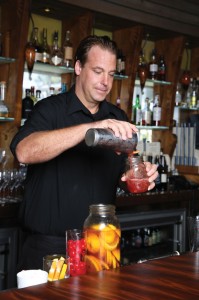 Particularly for island crafts, the rise may also be in line with the creation of well-balanced and unique beers in these areas. Unlike in America, where many craft brewers start their career with at-home, part-time projects, most craft beers in Japan are made by sake brewers who have a deep understanding of the beverage making process from fermentation to bottling, and only needed to learn the secrets of various yeasts and hops to succeed in beer making. As far as taste, what makes these beers stand apart from American crafts are local twists like the aging process in cedar barrels normally used for sake. But local beers aren’t forgotten. BJ’s brews its own, and great local Southern California brews line local beer lists, including nine on the menu at Rock’n Fish.
Particularly for island crafts, the rise may also be in line with the creation of well-balanced and unique beers in these areas. Unlike in America, where many craft brewers start their career with at-home, part-time projects, most craft beers in Japan are made by sake brewers who have a deep understanding of the beverage making process from fermentation to bottling, and only needed to learn the secrets of various yeasts and hops to succeed in beer making. As far as taste, what makes these beers stand apart from American crafts are local twists like the aging process in cedar barrels normally used for sake. But local beers aren’t forgotten. BJ’s brews its own, and great local Southern California brews line local beer lists, including nine on the menu at Rock’n Fish.
For culinary cocktail pioneers, the farm-to-table ethos has been trending for a few years now, but cocktails fit for foodies are still popular, says John-Luke Fredericks, lead bartender at The St. Regis Monarch Beach’s Lobby Lounge. “I will usually seek the help of our chef to find out what fruits, vegetables and herbs are in season, then I’ll try to figure out what spirits and liqueurs will complement those seasonal ingredients best to create a cocktail that is unique, savory or exotic,” he says.
In addition to sparing no effort in tracking down fresh, in most cases local and sometimes obscure ingredients for an ever-evolving cocktail menu, there are also new twists on smaller production, time intensive cocktails like the mojito. But these aren’t your typical mint, rum and sugar combinations; the new age of the mojito uses ingredients you wouldn’t expect. Take the Pacific Edge Hotel and The Deck, where bar manager Nick Papadatos says a top selling drink is the handcrafted Laguna Mojito made with prickly pear. “We do a lot of muddling and use fresh fruit instead of using ready made purees,” he says. Original takes on the muddled mojito continue at Mozambique with the African Mojito, a combination of citrus vodka, muddled red grapes, lemon, Chambord and Sprite; and at Laguna Beach’s Katsuya, with drinks like the cucumber mojito, a blend of English cucumbers, seedless watermelon, mint and rum.
Even with the bounty of local produce ending up in cocktail recipes, at the helm of any good bar program is a list of classic ingredients like vodka, tequila and gin. At Sapphire Laguna, select spirits for unique cocktail recipes are made in-house. “We’ve been utilizing the flavor infused process more and more because it allows us to control the sweetness; and the flavor is more natural and true to taste when using fresh ingredients, herbs and spices,” chef Devin Wells says. The restaurant features vodkas infused with ingredients including mint, espresso, lemongrass, vanilla bean, ginger, dried apple and apricot. “We also make our own spiced rum as well as an orange and maple-infused Maker’s Mark for our cocktail ‘The Shack,’ which is like an updated version of an old fashioned,” Devin says.
Under Erin Snider’s direction, The Ritz-Carlton, Laguna Niguel’s eclectic menu of these classics with a twist has become a calling card. Patrons can order unique takes on comfortable standards like a passion fruit sidecar, lemon basil gimlet, tequila Moscow mule and a blood orange old fashioned.
Small batch, high-end liquors (often in hand-numbered bottles) have created a vogue for ordering the cocktail in its natural state: neat—without any ice, water or other mixer. Asada Laguna serves Casa Dragones—handcrafted tequila that Oprah Winfrey called a favorite. Casa Dragones was created from a vision to produce a tequila with no “wince factor” or a harsh aftertaste. The tequila has a subtle floral and citrus aroma with notes of sweet agave. Like Rémy Martin Louis XIII, which is known for its bottle as much as what’s inside, the Casa Dragones bottles are each limited edition, handcrafted from pure, lead-free crystal and individually engraved using the traditional Mexican technique of pepita.
Additional high-end trending liquors include those that have a low-calorie branding. Mixologists like Nick Papadatos say options like VeeV, an açaí-based spirit that, at only 60 calories per serving and no added sugars, provides a “skinny option cocktail” for health-conscious imbibers. “We even have a menu of gluten-free drinks,” Nick says. “People are impressed that we’re aware of these types of options and like that we can introduce them to something new.”
The next time you’re imbibing at your favorite local spot, reach out of your cabernet-comfort zone or try something different than your two-ingredient cocktail. Ask the bartender for a tip on the bottled beer you can’t pronounce or to sample a taste of a wine blend you haven’t heard of—and if you still aren’t sure which bottle to go with, Montage Laguna Beach beverage manager Troy Smith, who has passed the rigorous advanced sommelier exam, has this advice, “Tell the sommelier the price range you’re comfortable with and describe the style you’re interested in; big and fruity, lean and crisp, etc. They’ll appreciate your forthrightness and will probably surprise you with something you might not have considered. LBM


